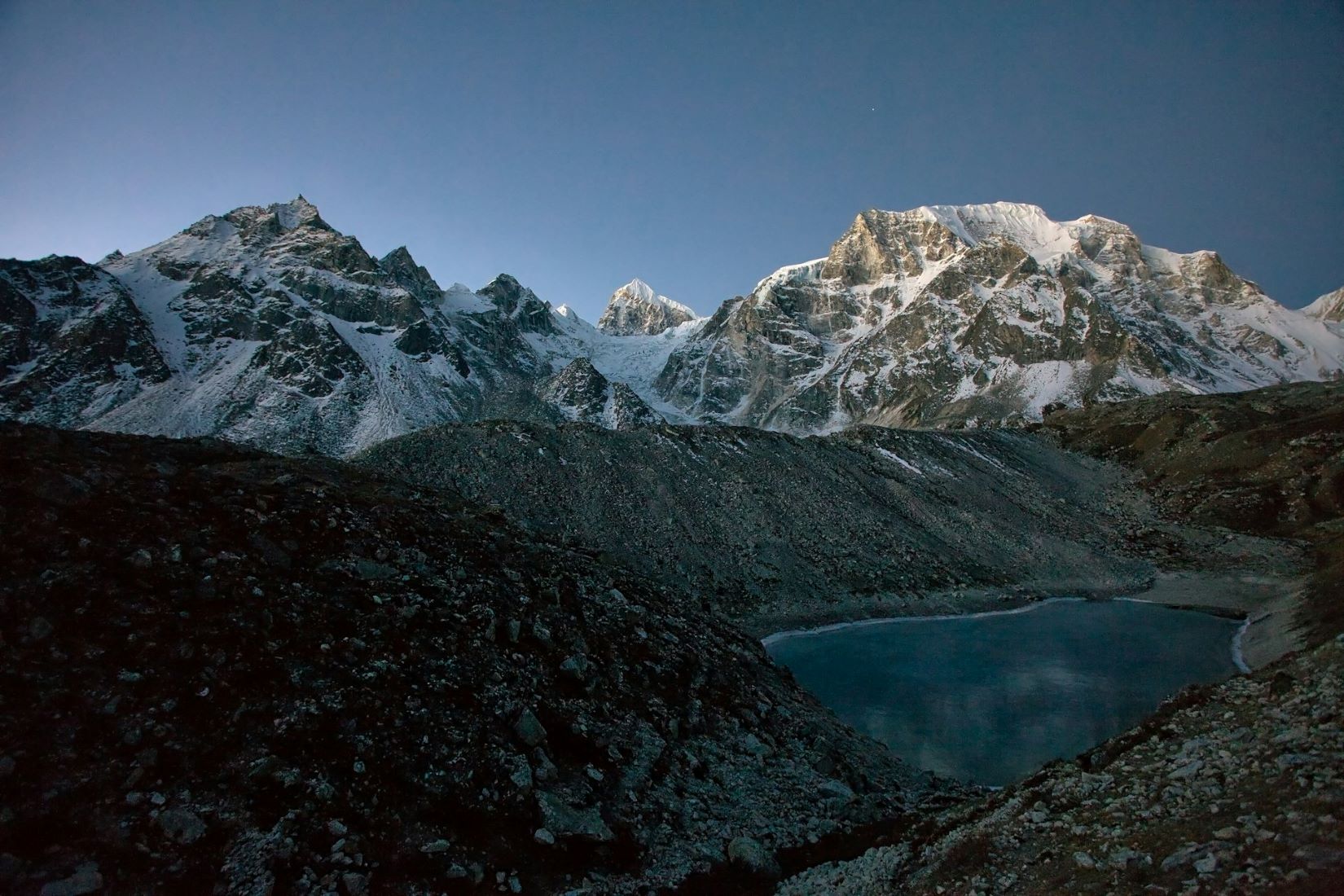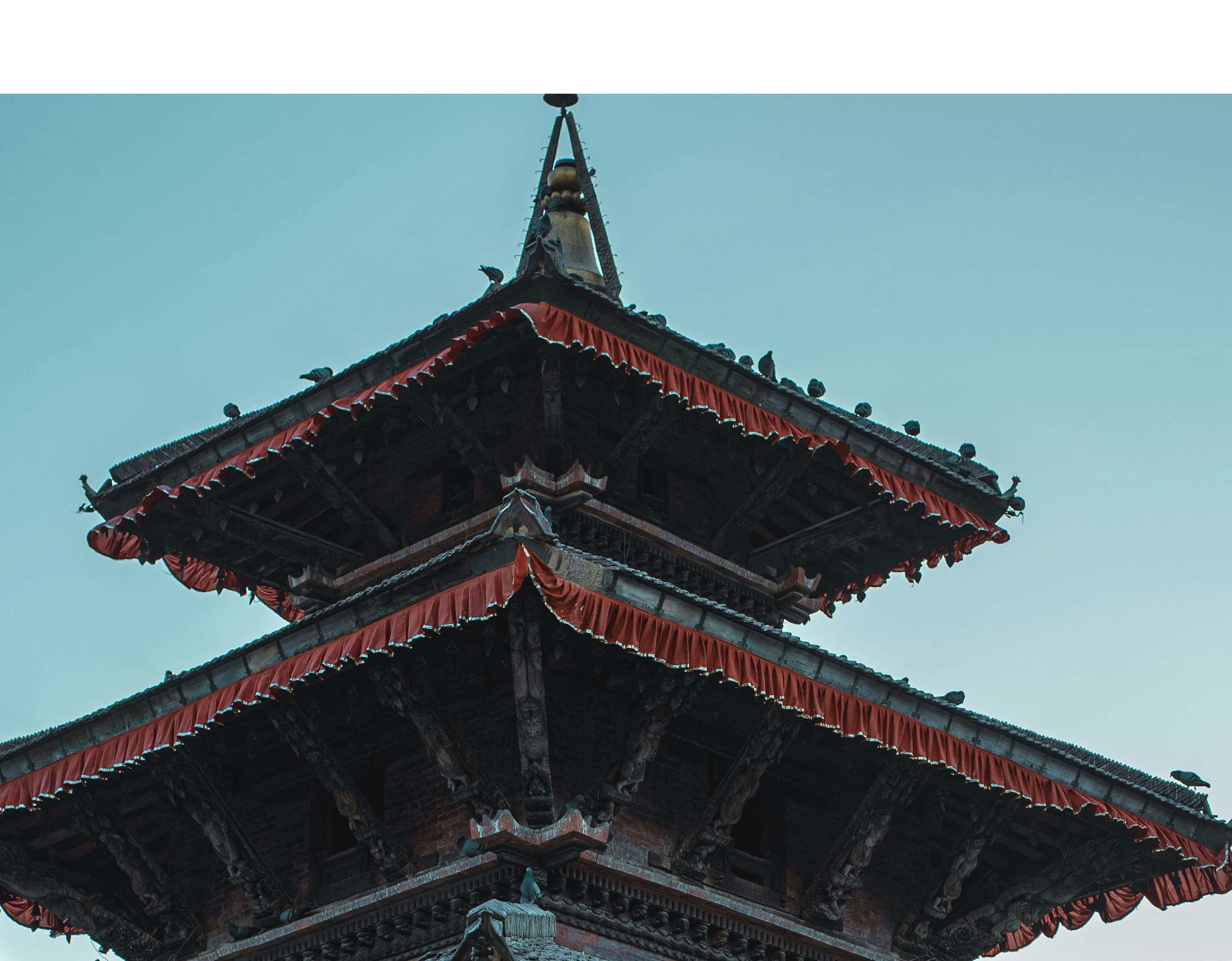Winter in Nepal unfolds a spellbinding chapter of crystalline snowscapes, serene trails, and panoramic views of the towering Himalayas, transforming the region into a paradisiacal white wonderland. Contrary to popular belief that spring and autumn are the prime trekking seasons in Nepal, winter offers its own unique allure, presenting trekkers with pristine landscapes, fewer crowds, and the tranquility of nature's untouched beauty. In this narrative, we dive into the best winter treks in Nepal, discussing the advantages and challenges of embarking on these snowy adventures, alongside expert tips to make your winter trek an unforgettable journey.
Advantages of Winter Trekking in Nepal
- Secluded Trails: Embrace the solitude of the Himalayas, where the winter cloak renders the trails serene and private.
- Mesmerizing Landscapes: The transformation into a snowy paradise brings to life the majestic landscapes with clearer, crisp days enhancing the beauty of the snow-draped mountains.
- Photographic Wonders: Frozen lakes and snow-covered paths offer unique photographic moments, capturing the essence of the Himalayan winter.
- Enhanced Wildlife Sightings: The tranquility increases the chances of spotting the elusive wildlife of the Himalayas during the serene winter mornings and evenings.
- Ease of Accommodation: With fewer trekkers, finding accommodations becomes easier, allowing for a more relaxed experience.
- Cultural Insights: Winter also provides an opportunity to see the local communities engaging in their daily lives, offering a glimpse into their resilient lifestyles.
Challenges of Winter Trekking in Nepal
- Cold Temperatures: The biting cold necessitates layering up to five layers to combat the icy conditions.
- Snow-Blocked Trails: Some high-altitude paths may be inaccessible due to heavy snowfall.
- Heavier Packs: The need for additional warm clothing and gear increases the weight of your backpack.
- Weather-Induced Delays: Flights to remote trekking start points may face delays or cancellations due to snowfall and strong winds.
Expert Tips for a Rewarding Winter Trek
- Opt for Synthetic and Wool Layers: Avoid cotton; choose materials that wick moisture away and keep you dry and warm.
- Dress in Layers: Utilize a three-layer clothing system for optimal warmth and flexibility, adjusting as needed to prevent sweating or overheating.
- Stay Hydrated: The cold might reduce your thirst, but maintaining hydration is crucial for your health and well-being on the trek.
- Prepare for Snow: Equip yourself with waterproof gear, including shoes and pants. Carrying gaiters, crampons, or microspikes, along with trekking poles, will enhance your safety on snowy paths.
- Choose Your Meals Wisely: Favor lighter, soup-based meals over heavy non-vegetarian dishes to ease digestion and maintain energy levels.
Best Winter Treks in Nepal
The winter months from December to February present a unique opportunity to experience Nepal's treks in their tranquil, snowy splendor. From the legendary Everest Base Camp to the serene trails of the Annapurna region, each trek offers a distinct experience of the Himalayas' winter magic. The snow-capped peaks, the crisp mountain air, and the calm of the less-traveled paths enrich the trekking adventure, making winter one of the most enchanting seasons to explore Nepal's highlands.
01. Everest Base Camp Trek:
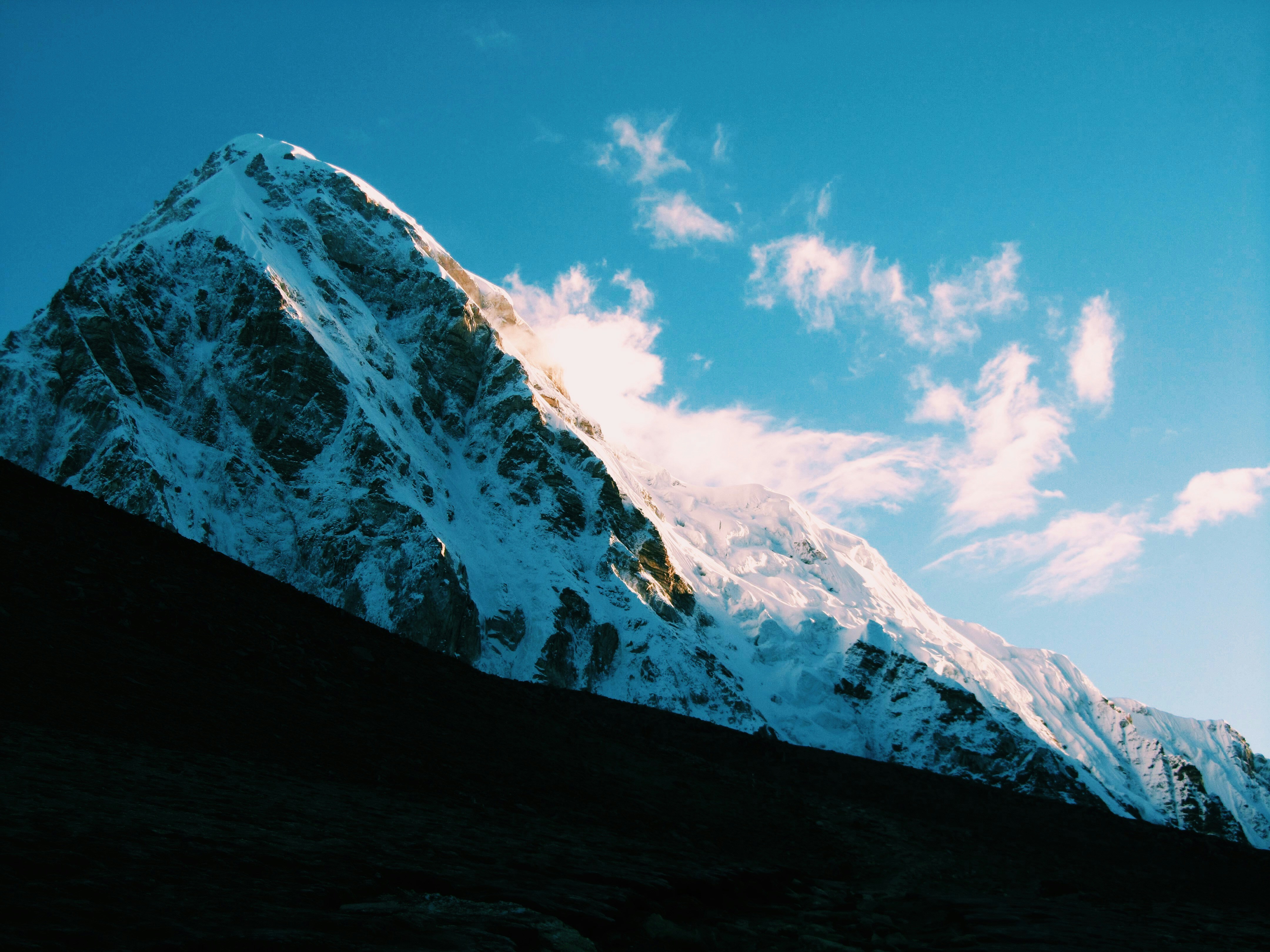
The Everest Base Camp Trek is not just a physical journey but a pilgrimage to the apex of the Earth's natural beauty. Venturing through the heart of the Khumbu region, this trek is imbued with the spiritual and cultural essence of the Sherpa people, guardians of the mountains. The trek offers an immersive experience into the rigorous life of high-altitude mountaineering and the serene Buddhist culture that thrives in the shadow of Everest.
Description
Embarking on the Everest Base Camp Trek is to walk in the footsteps of legendary mountaineers. This trek takes you through verdant forests, across suspension bridges draped with prayer flags, and through vibrant Sherpa villages that dot the landscape. The path winds its way up to the iconic base camp, a site that has marked the starting point of numerous expeditions aiming to conquer the highest peak in the world.
Importance
For adventure enthusiasts and mountaineering aficionados, the Everest Base Camp Trek is a rite of passage. It represents not only the physical challenge of trekking at high altitudes but also the opportunity to engage with the rich cultural heritage and indomitable spirit of the Himalayan people. The trek offers a unique blend of breathtaking natural beauty, challenging physical activity, and deep cultural immersion.
Views
The trek affords unparalleled views of some of the world's highest peaks, creating a dramatic backdrop against the serene landscape. The panoramic vistas of Everest, Lhotse, Nuptse, and Ama Dablam are sights that imprint themselves on the memory, capturing the awe-inspiring power and beauty of nature. These majestic mountains stand as silent sentinels over the Khumbu Valley, offering moments of profound contemplation and exhilaration.
Highlights
Namche Bazaar: Often referred to as the gateway to the high Himalayas, this bustling Sherpa town offers trekkers a last touch of modernity before delving deeper into the wilderness. It serves as an essential acclimatization stop, with its markets, lodges, and vibrant local culture.
Tengboche Monastery: Situated at an altitude of 3,867 meters, this is one of the largest and most significant Buddhist monasteries in the Khumbu region. The monastery offers spiritual solace and breathtaking views of the Himalayan giants.
Khumbu Glacier: Trekking alongside the Khumbu Glacier, the highest glacier in the world, is a stark reminder of the dynamic and ever-changing nature of these mountains. The glacier's rugged, icy expanse leads directly to the foot of Everest Base Camp.
Trekking Info
This moderate to difficult trek typically spans 12-14 days, traversing rugged terrain and high altitudes that demand good physical fitness and acclimatization to prevent altitude sickness. The best time to embark on this trek is in late autumn (October to November) and early winter (December), when the weather is stable, and the trails are less crowded, offering clear views of the mountains before the onset of heavy snow.
Embarking on the Everest Base Camp Trek is to experience the ultimate adventure in the Himalayas, offering a journey that challenges the body, enriches the mind, and uplifts the spirit. It's a testament to the allure of Everest, not just as a mountain but as a symbol of human aspiration and the enduring beauty of nature.
02. Annapurna Base Camp:
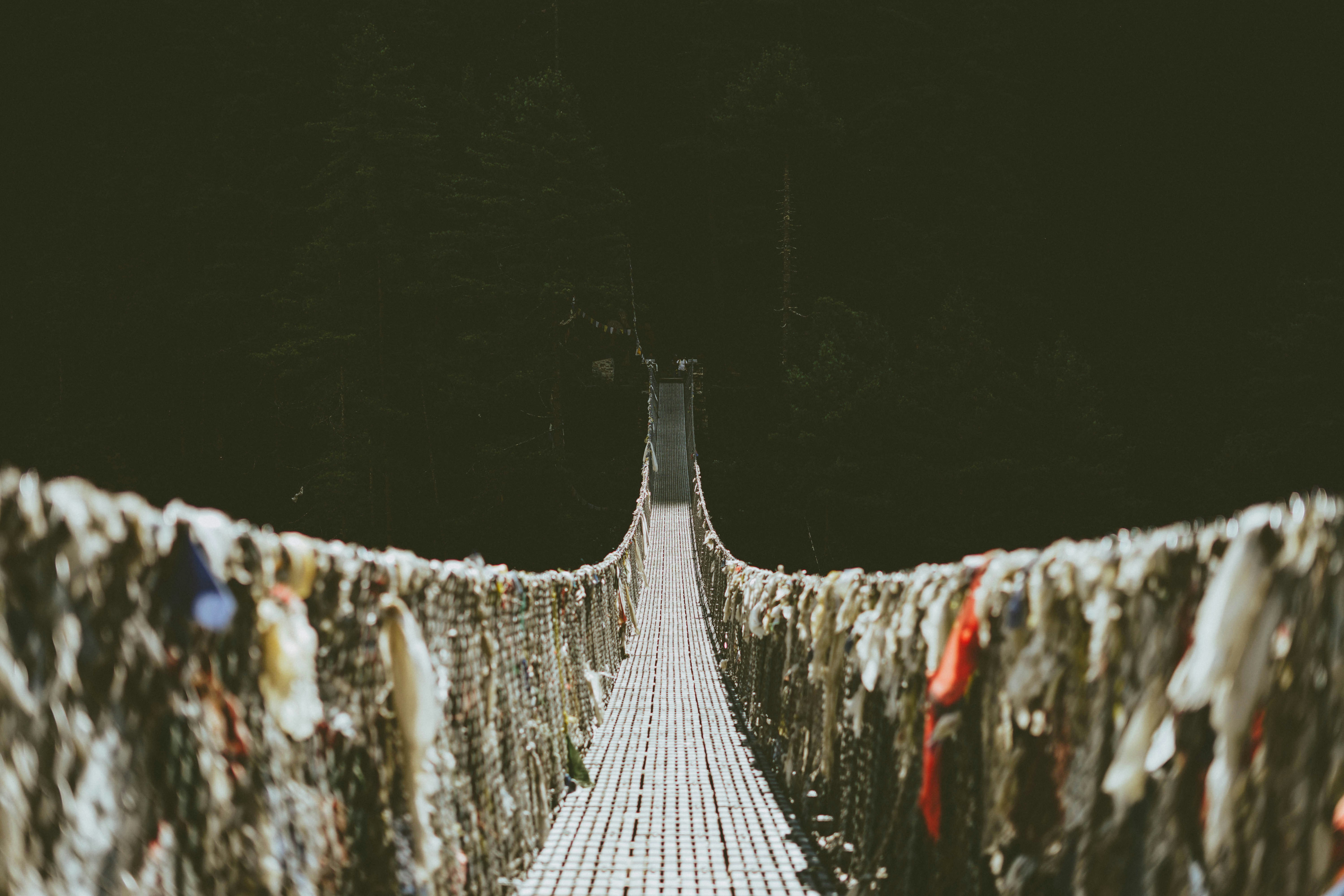
Description: The Annapurna Base Camp Trek is a remarkable journey through the heart of the Annapurna region, blending awe-inspiring natural beauty, rich cultural experiences, and diverse ecological zones. From the verdant rice paddies and rhododendron forests to the stark, high-altitude landscapes, this trek offers a comprehensive view of the Himalayas' grandeur. Trekkers walk in the shadows of giants, including Annapurna I, which rises to an imposing 8,091 meters, providing a dramatic backdrop to this adventure.
Importance: This trek is a tribute to the stunning diversity of the Annapurna Conservation Area, one of Nepal's most protected areas. It is not just a physical journey but a cultural immersion into the lives of the Gurung and Magar communities, whose warm hospitality and rich traditions add depth to the trekking experience.
Views: The trek affords unparalleled views of some of the highest and most beautiful mountains in the world, including Annapurna South, Machapuchare (Fishtail), Hiunchuli, and the massive Annapurna I. The landscape offers a kaleidoscope of colors and textures, from lush green valleys to stark, rugged high mountain terrains, capped with snow and ice.
Highlights:
Machapuchare Base Camp (MBC): Often an overnight stop on the way to Annapurna Base Camp, MBC offers close-up views of the majestic Machapuchare mountain.
Hot Springs at Jhinu Danda: After days of trekking, the natural hot springs provide a soothing experience, perfect for relaxing tired muscles amidst the backdrop of the Himalayas.
Diverse Flora and Fauna: The trek passes through the Annapurna Conservation Area, home to over 1,200 plant species, more than 100 mammals, and 478 species of birds.
Trekking Info: Spanning 10-12 days, the trek is considered moderate in difficulty, suitable for individuals with a good level of physical fitness. The best time for the Annapurna Base Camp Trek is during the early winter months when the weather is stable, and the skies are clear, offering breathtaking views of the snow-clad mountains.
03.Ghorepani Poon Hill Trek:
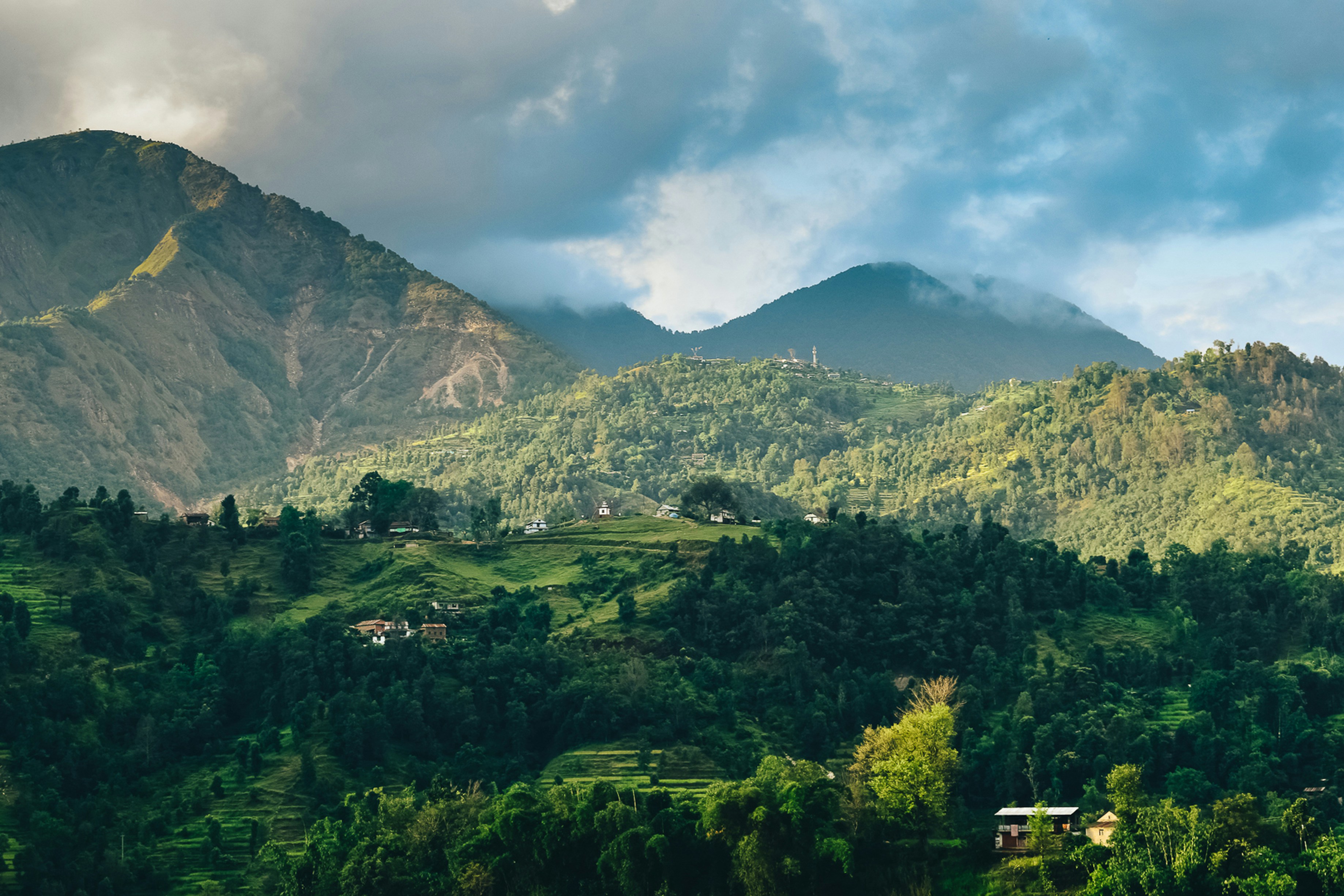
Description: The Ghorepani Poon Hill Trek is a captivating short trek within the Annapurna region, famed for its accessible trails, spectacular mountain views, and the enchanting sunrise from Poon Hill. It's a journey that takes trekkers through vibrant forests, past cascading waterfalls, and into the heart of the Himalayas, without the need for extreme altitude acclimatization.
Importance: Perfect for trekkers who have limited time but still wish to experience the magic of the Himalayas, the Ghorepani Poon Hill Trek is a showcase of the natural and cultural beauty of Nepal. It's an opportunity to witness the daily lives of the local Gurung and Magar communities, set against the stunning backdrop of the Annapurna and Dhaulagiri ranges.
Views: The trek is renowned for its panoramic Himalayan views, especially from Poon Hill, which is considered one of the best viewpoints in the Annapurna region. The sight of the first light of dawn illuminating the peaks of Annapurna and Dhaulagiri is an unforgettable experience.
Highlights:
Sunrise View from Poon Hill: A highlight of the trek, the early morning hike to Poon Hill to watch the sunrise over the Himalayas is a moment trekkers cherish long after their journey ends.
Ethnic Villages and Rhododendron Forests: The trek passes through picturesque villages and dense forests of blooming rhododendrons, Nepal's national flower, particularly vibrant during the spring months.
Trekking Info: This trek is easy to moderate, taking 4-5 days to complete. It's particularly suited for winter trekking, as the trails are less crowded, and the views are often clearer. The lower altitudes mean colder weather is more manageable, making it an excellent option for a winter Himalayan adventure.
04. Langtang Valley Trek
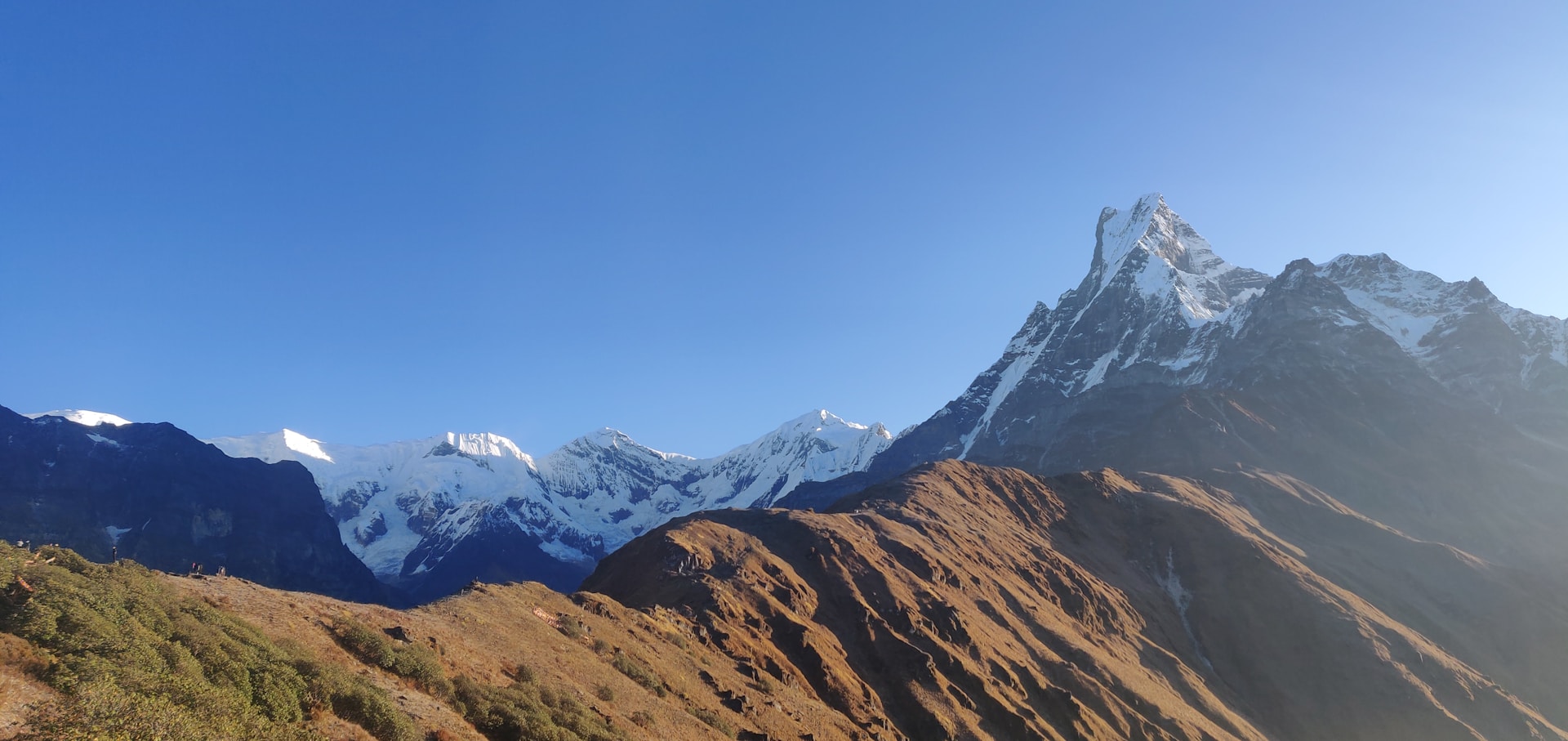
Extended Description: The Langtang Valley Trek, often described as the "valley of glaciers," offers trekkers a journey through mesmerizing landscapes characterized by sprawling meadows, rugged terrains, and extensive glaciers. This trek is a perfect blend of natural splendor and cultural richness, providing insights into the lives of the Tamang people, whose traditions and practices have remained largely unchanged over centuries.
Extended Importance: Post the devastating 2015 earthquake, the Langtang Valley Trek has played a pivotal role in revitalizing the local economy. Trekking through this region not only offers a profound experience but also contributes to the recovery and support of the communities living in the valley.
Extended Views: As you traverse the Langtang Valley, you are greeted with stunning vistas of Langtang Lirung (7,234 meters), Langtang Ri, and a panorama of other majestic peaks that define the skyline. The valley, with its unique topography, offers diverse views that range from forested valleys to barren high-altitude landscapes.
Extended Highlights:
Kyangjin Gompa: This ancient monastery stands as a testament to Buddhist culture and spiritual practice in the valley. Surrounded by mountains, it offers a peaceful retreat.
Langtang National Park: Home to diverse flora and fauna, including the elusive red panda and snow leopard. Trekking through the park, you'll encounter a variety of ecosystems, from subtropical forests to alpine scrub.
Tamang Heritage: The trek provides an intimate look at the customs, rituals, and daily life of the Tamang people, offering a cultural immersion that is as enriching as the physical journey.
Extended Trekking Info: This moderate trek, lasting 7-9 days, is feasible in winter, thanks to the region's lower altitude compared to other Himalayan treks. Proper preparation against the cold and appropriate gear are essential to enjoy the serene beauty of the Langtang Valley under a winter blanket.
5. Manaslu Circuit Trek
Extended Description: Circumnavigating the world's eighth highest mountain, the Manaslu Circuit Trek is a journey through some of Nepal's most untouched and stunning landscapes. This trek is characterized by its remote trails, traditional villages, and the dramatic Larkya La Pass.
Extended Importance: The Manaslu Circuit Trek is an excellent alternative for those seeking a less trodden path compared to the Annapurna and Everest regions. It offers a more secluded experience, allowing trekkers to immerse themselves fully in the natural beauty and cultural richness of the area.
Extended Views: The trek offers unparalleled views of Manaslu, standing at 8,163 meters, alongside other giants like Ganesh Himal and parts of the Annapurna range. The circuit showcases a wide array of landscapes, from lush forests to stark, high-altitude deserts.
Extended Highlights:
Larkya La Pass: Crossing this high mountain pass at 5,106 meters is both a challenge and a highlight, offering breathtaking views of the surrounding peaks.
Tibetan Buddhist Culture: The trek goes through areas with strong Tibetan influences, evident in the monasteries, chortens, and the daily lives of the people.
Untouched Natural Beauty: The Manaslu region's remote trails provide a sense of adventure and discovery, with each turn offering something new and spectacular.
Extended Trekking Info: Spanning 14-16 days, the Manaslu Circuit Trek is challenging, particularly due to the high altitude and the crossing of Larkya La Pass. Early winter is the best time to embark on this trek to avoid heavy snowfall and enjoy clear skies. Adequate preparation and acclimatization are crucial for a successful trek.


